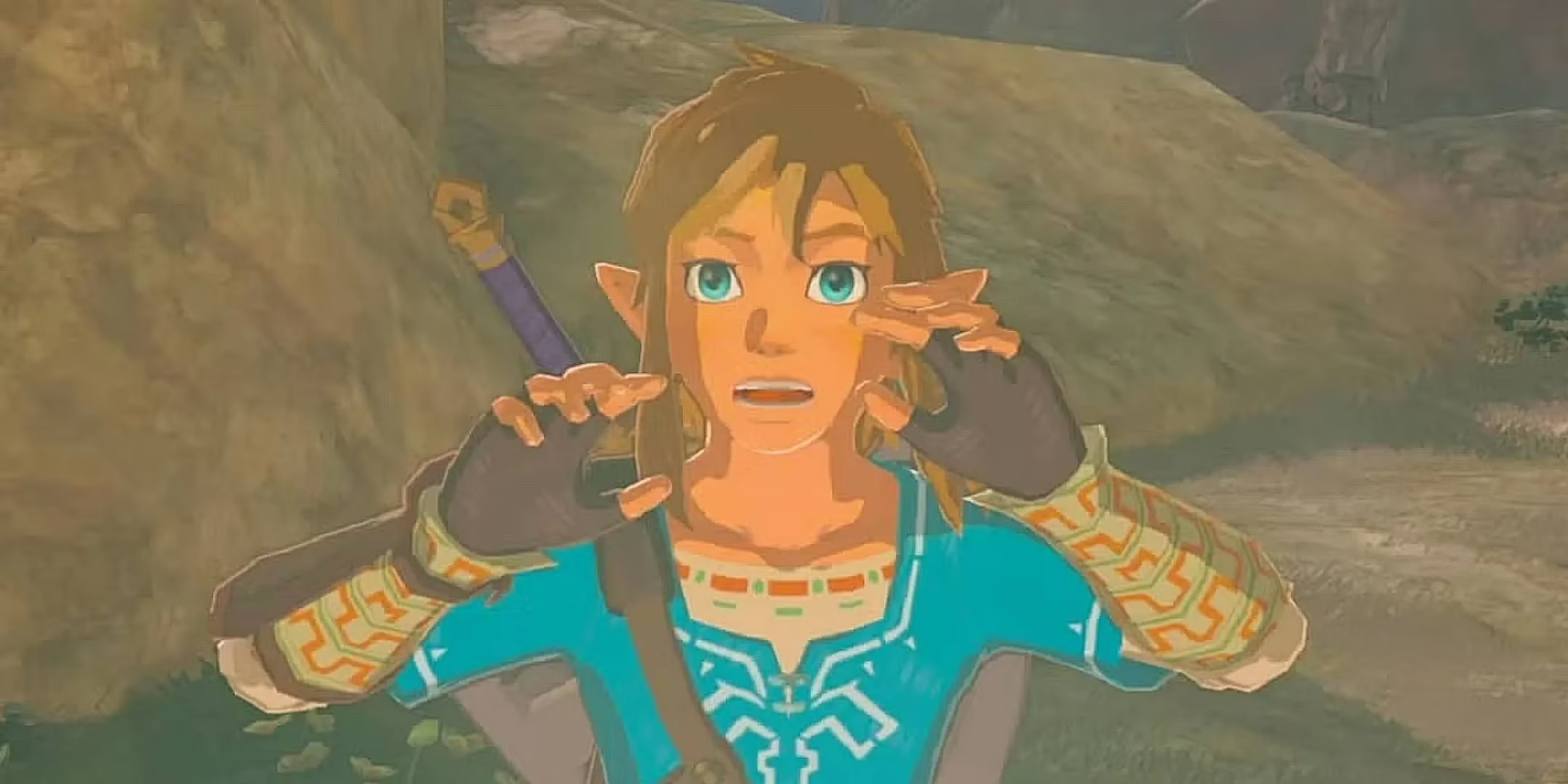Nintendo's Preference: Breath of the Wild vs Tears of the Kingdom
Explore the compelling rivalry between Breath of the Wild and Tears of the Kingdom, highlighting Nintendo's deep affection for the revolutionary original and its impact on gameplay and support.
The debate between The Legend of Zelda: Breath of the Wild (BOTW) and its sequel Tears of the Kingdom (TOTK) has captivated gamers since 2023. While both are monumental achievements, evidence suggests Nintendo harbors a distinct preference for the revolutionary original. BOTW struck like a lightning bolt in a bottle—a once-in-a-generation reinvention of open-world design that made its successor's task Herculean. TOTK responded with creative mechanics and terraformed landscapes, yet subtle cues from Nintendo reveal where true affection lies. This divergence isn't merely about gameplay; it's etched into development choices, post-launch support, and the very soul of Hyrule's evolution. Understanding this hierarchy requires examining why Nintendo treated BOTW as a cherished firstborn while TOTK became the capable yet overshadowed second child.
🚫 The Silent Statement of TOTK's Missing DLC
TOTK's lack of downloadable content speaks louder than any press release. Despite becoming one of Nintendo Switch's best-selling titles, it received zero expansions—a stark contrast to BOTW, which launched two DLC packs within six months of release. Producer Eiji Aonuma's 2023 statement crystallized this divergence: "We feel like we've exhausted all possibilities in that world." This admission is as telling as an unfinished symphony; it implies Nintendo saw no untapped magic left in TOTK's iteration of Hyrule. Consider the precedent:
| Game | DLC Released | Timeframe | Key Additions |
|---|---|---|---|
| BOTW | 2 Major Packs | 4-6 Months | Master Trials, Champion's Ballad, Master Cycle Zero |
| TOTK | None | 2+ Years | N/A |

BOTW's DLC, though not revolutionary, injected novelty through challenges like the Eventide Island-esque Trial of the Sword and the surreal Master Cycle Zero motorcycle. TOTK's potential expansions seemed boundless—new sky islands, Depths biomes, or Zonai device blueprints—yet Nintendo's disinterest in even minor additions mirrors a chef refusing to garnish a completed dish. It’s akin to finding a treasure chest already opened: the reward exists, but the thrill of discovery vanishes.
❤️ BOTW's Unmatched Revolutionary Zeal
Breath of the Wild wasn't just a game; it was Nintendo's moonshot. As the studio's first open-world Zelda venture, it crackled with experimental energy—every shrine physics puzzle and weather system felt like uncharted territory. The development team, navigating unfamiliar terrain, fused Nintendo's signature magic with emergent gameplay in ways that made Hyrule feel alive. This passion cascaded into post-launch support, transforming BOTW into a canvas for continuous reinvention.

TOTK, meanwhile, repurposed this foundation. Though it added sky realms and caverns, the Depths suffered from visual monotony—like exploring a cave system painted entirely in obsidian. Sky islands, while initially dazzling, soon revealed repetitive layouts. BOTW’s Hyrule felt sculpted with awe; TOTK’s additions resembled meticulously arranged leftovers. The original was a handcrafted pocket watch, each gear polished to perfection. The sequel became a Swiss Army knife—impressively versatile, yet lacking horological artistry.
⚙️ TOTK's Strengths: Innovation Without Soul
TOTK undeniably improved mechanics, particularly through Ultrahand—a sandbox tool enabling ludicrous contraptions from log bridges to laser-equipped hovercrafts. This creativity, however, felt surgically implanted rather than organically grown. Nintendo reused BOTW's map with minimal alterations, making Hyrule feel like a stage for tech demos rather than a reimagined world. The Ultrahand’s brilliance is undeniable, yet it’s like attaching jet engines to a bicycle: thrilling but fundamentally disjointed from the vehicle’s essence.
The game’s core weakness lies in cohesion. Where BOTW’s systems harmonized—weather affecting combat, temperature dictating survival—TOTK’s additions often operate in isolation. Fusing weapons feels transactional; ascending through ceilings becomes routine. Nintendo’s reluctance to build a new world from scratch speaks volumes. Reusing assets isn’t inherently flawed, but doing so for a full-priced sequel suggests TOTK was a calculated evolution, not a labor of love.
🔍 People Also Ask: Unspoken Questions Answered
- Why does Nintendo avoid comparing both games?
Officially, both are celebrated successes. Internally, BOTW’s unprecedented impact (97 Metascore, 50M+ sales) set an unreachable benchmark, making direct comparisons counterproductive.
- Could TOTK’s mechanics work as BOTW DLC?
Ultrahand’s complexity exceeds typical expansion scope, but core ideas like ascend or fuse could’ve been modular additions—reinforcing Nintendo’s view of TOTK as an extension rather than a revolution.
- Will future Zelda games return to BOTW’s design?
Insiders suggest Nintendo’s next project may abandon Hyrule entirely, seeking BOTW’s lightning-in-a-bottle magic through fresh worlds.
💎 Conclusion: The Weight of Legacy
BOTW remains Nintendo’s compass—a masterpiece born from risk and obsession. TOTK, while brilliant, inherited its world like a tenant renovating a landlord’s property. The absence of DLC, recycled landscapes, and restrained innovations collectively whisper what Nintendo won’t say aloud: some revolutions can’t be replicated. Both games shine, but only one redefined the stars.
❓ FAQ: Lingering Queries Resolved
Q: Did TOTK sell worse than BOTW?
A: Surprisingly, no—TOTK outsold BOTW’s launch pace. But commercial success ≠ creative priority. Nintendo funneled resources into new IPs post-TOTK, signaling shifted focus.
Q: Why didn’t Nintendo create a new map for TOTK?
A: Aonuma hinted at "narrative necessity," but development timelines suggest resource allocation favored new projects. Reusing Hyrule was efficient, not inspired.
Q: Is BOTW’s magic replicable?
A: Unlikely. Its alchemy of discovery, solitude, and systemic harmony was accidental genius—like capturing moonlight in a jar. Future Zeldas may chase new paradigms.
Q: Are there hidden clues about Nintendo’s preference?
A: Yes. BOTW appears in Nintendo’s corporate heritage exhibits, while TOTK receives standard franchise treatment—akin to displaying an inventor’s prototype versus their mass-produced model.
